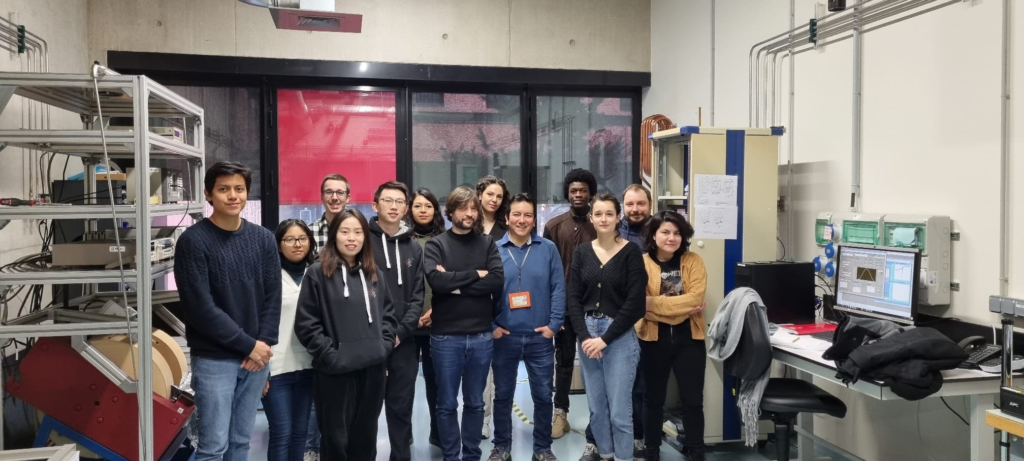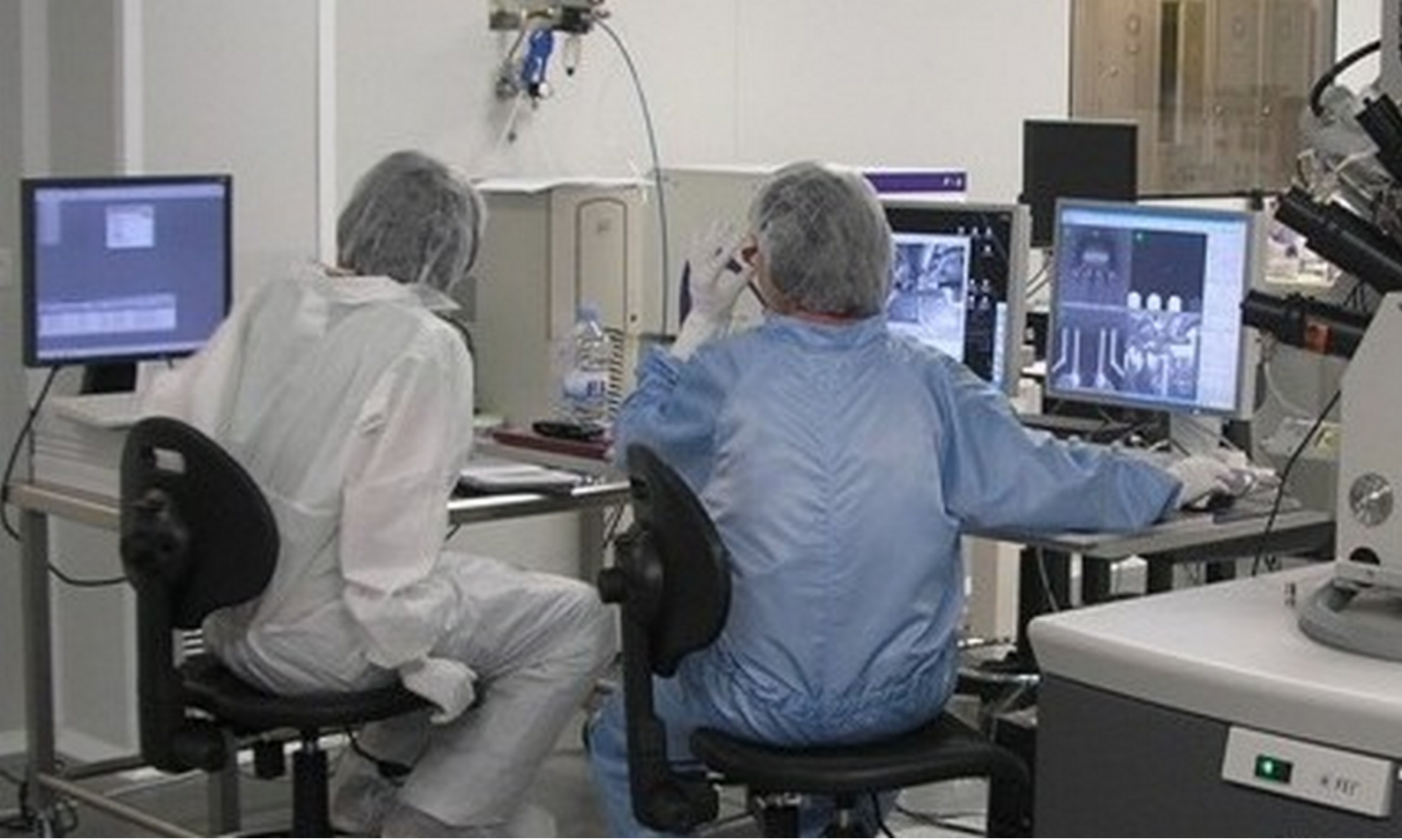Manipulating the magnetization of materials on extremely short time scales, in the picosecond range, is a highly coveted grail for information technologies. The complex magneto-optical techniques currently used are difficult to integrate spintronics into devices. To overcome these constraints, Juan Carlos Rojas-Sánchez of the Institut Jean Lamour (CNRS/Université de Lorraine) and one of the PIs of the ULTIMATE-I project has received an ERC Consolidator grant for his Magnetallien project.
In spintronics, components are controlled by a quantum parameter of electrons: the spin. This approach promises much more powerful and energy-efficient integrated circuits and components but faces many technical challenges.
“To achieve this goal, I am interested in materials where there is a strong coupling between spin and orbit,” explains Juan Carlos Rojas-Sánchez, a CNRS researcher at the Institut Jean Lamour (CNRS/Université de Lorraine). For example, when an electric current is passed through a platinum nanowire, it scatters the electrons in opposite directions according to their spin orientation, creating a spin current that can be injected into an adjacent magnetic layer. This phenomenon has applications such as memories, sensors or the realization of logic circuits.
Different approaches are envisaged to study and control this key ingredient: the spin-orbit coupling. For example, by generating a spin current in a thin layer of magnetic material and injecting it into a neighbouring layer. Understanding and exploiting this phenomenon on the picosecond time scale remains a challenge. It is currently only possible to obtain a signal of up to a hundred gigahertz using lasers and particularly “heavy” optical means,” notes Juan Carlos Rojas-Sanchez. I want to reduce the cost and size of the devices by exploiting new physical systems that use spin-orbit interaction.
To this end, he has set up the MAGNETALLIEN project, for which he has just been awarded this ERC Consolidator grant.

Original in French: https://factuel.univ-lorraine.fr/node/22436

